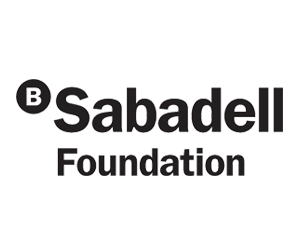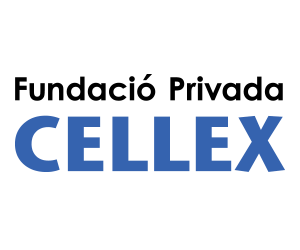
Project overview
InWOC was awarded the BIST Ignite Grant in April, 2017. The news release can be found here.
InWOC aims to answer fundamental questions about water splitting and solar fuels. Water oxidation is considered the bottleneck in the development of an efficient and cost-effective water splitting technology for the production of renewable fuels. One of the challenges resides in substituting heterogeneous noble metal catalysts by earth-abundant counterparts, maintaining the efficiency and performance required for technological applications. inWOC aims tackle this important problem.
Multidisciplinarity within inWOC
Multidisciplinarity is at the origin of this project since the proposed tasks cannot be done individually by any of the participating groups. The project requires expertise in chemistry, physics, and engineering. The topic of water oxidation catalysis requires chemical and engineering expertise and the surface analyses require chemical and physical expertise. The ICIQ team and ICN2 team will work together to perform analyses and interpret results. Only through strong and close collaboration between the two teams, all experiments can be put into context to increase the understanding of the catalytic process, and to propose optimization strategies.
Progress: updated abstract as of December 2017
The conversion and storage of solar energy into a chemical fuel hold promise to meet the increasing demand for global energy and ensure a permanent renewable energy supply for the future. Photoelectrochemical (PEC) water splitting devices, using earth abundant semiconductor electrodes, have been for long considered to be the ‘‘Holy Grail’’ of the solar energy conversion and storage revolution to tackle the serious energy and environmental problems. Water oxidation is considered the bottleneck in the development of an efficient and cost-effective water splitting technology for the production of renewable fuels. One of the challenges resides in substituting heterogeneous noble metal catalysts by earth-abundant counterparts while maintaining the efficiency and performance required for technological applications.
Inexpensive mixed Ni-Fe oxides, are very competitive catalysts for the oxygen evolution reaction (OER). However, a large effort is still needed to understand their mechanism; to optimize their performance; and to identify the optimum phases and geometries for implementation. This is especially relevant regarding their active surfaces. Little information is available due to some intrinsic problems: i) they are non-stoichiometric ill-defined materials whose crystal and electronic structures are unknown; ii) activity and surface structure depends on processing, varying between experiments; iii) surface structure evolves during working conditions, differentiating from bulk; iv) most surface sensitive techniques at atomic resolution need either high vacuum or ultra-low temperatures, what also affects surface structure and composition.
Through this project, we tackle this important problem taking advantage of the atomic resolution of aberration corrected transmission electron microscopy and electron energy loss spectroscopy to study the surface structure of Ni-Fe oxides as a function of preparation and, remarkably, before and after electrocatalytic performance. It is thereby of high interest to design a cutting-edge methodology to identify the spatial distribution of the surface active sites in our oxide composites during the OER process. With this in mind, correlative experiments combining electron microscopy and spectroscopy with synchrotron in-operando spectroscopy (XAFS and/or AP-XPS) will be planned to reinforce the understanding of the processes and mechanisms leading to the OER improvement.
This multidisciplinary collaboration between electrochemistry, microscopy and spectroscopy aims to establish the main correlations between activity and structure. Such profound understanding could be a fundamental advance in the field of water splitting and solar fuels. After being established the basics for in-situ experiments during the InWOC first year stage, we expect to extend our collaboration for such studies on the second project stage (INWOC2) with the final aim of characterizing the surface evolution of these electrocatalysts in in-operando conditions with unprecedented spatial resolution by means of a correlative microscopy novel methodology combining (S)TEM with synchrotron related spectroscopy.
Project members

Jose Ramon Galan-Mascaros
ICREA Research Professor and Group Leader at ICIQ

Jordi Arbiol
ICREA Research Professor and Group Leader at ICN2

Vanesa Lillo
Group Coordinator at ICIQ

Jérémy David
Post-doctoral fellow at ICN2

Felipe Garcés
Post-doctoral fellow at ICIQ

PengYi Tang
PhD student at ICN2

Álvaro Reyes-Carmona
Post-doctoral fellow at ICIQ

Marta Blasco-Ahicart
PhD student at ICIQ













